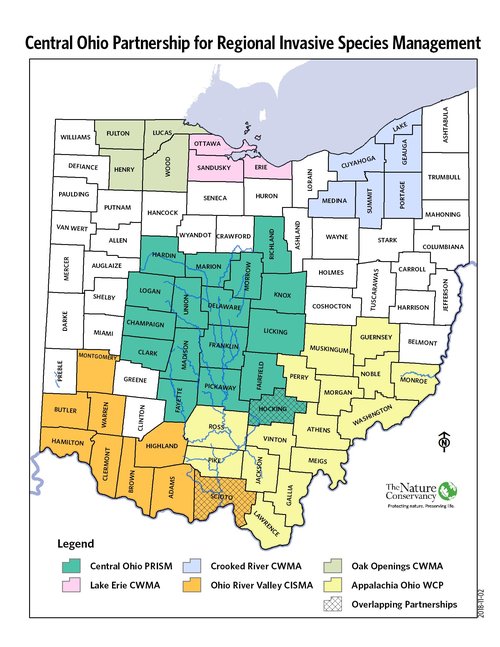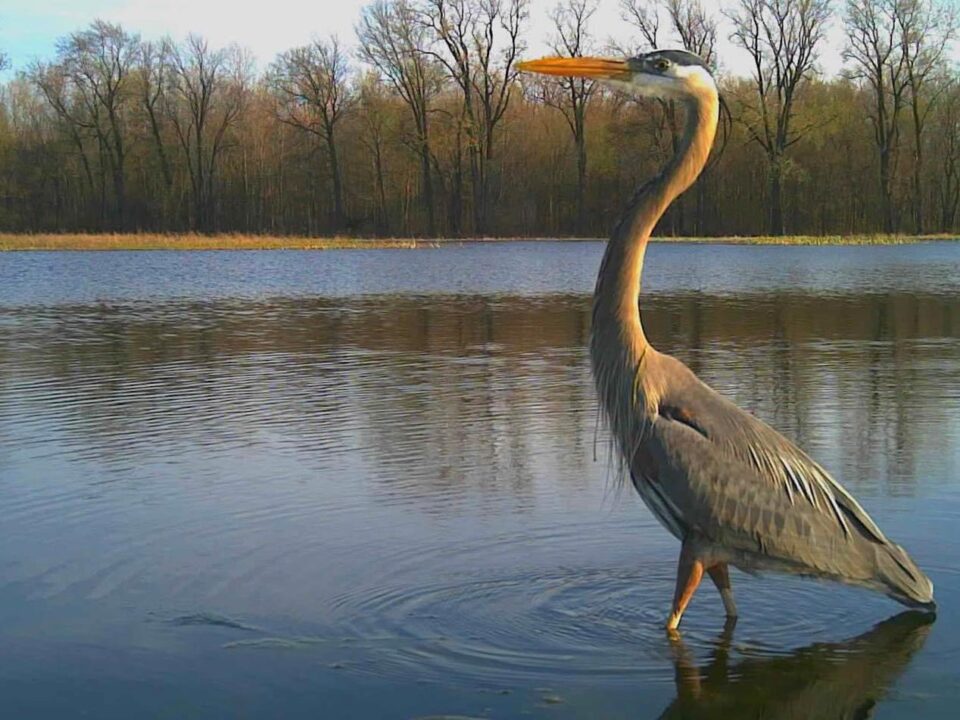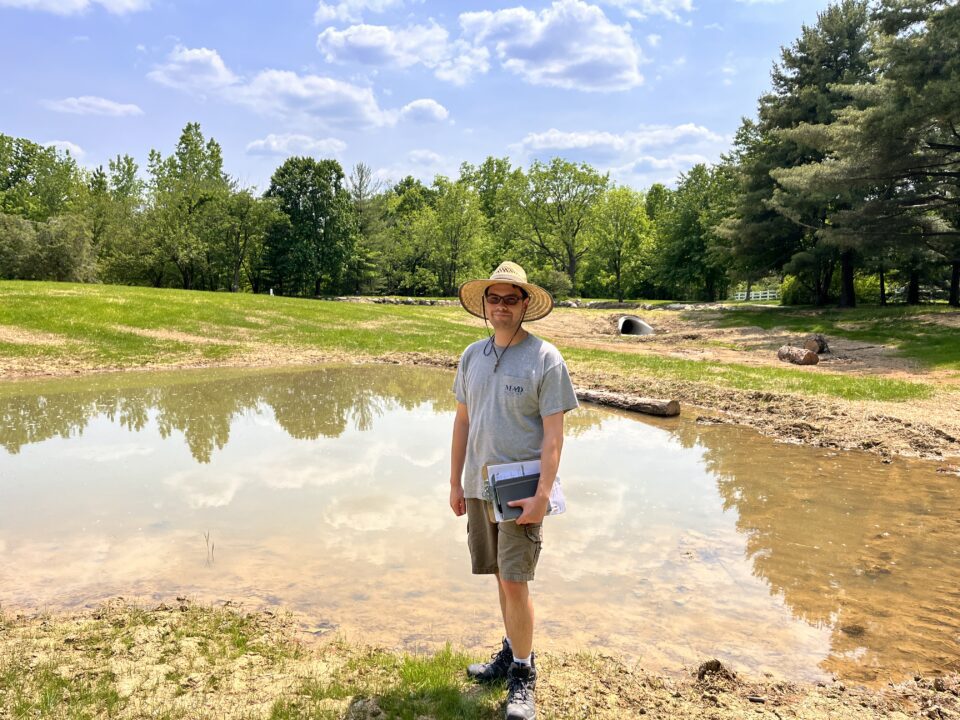20th Anniversary Fun!
March 6, 2020Louisville District Water Quality & Biological Data Collection
March 6, 2020December 21, 2018
Those of us in the wetland business are no strangers to the frustrations of managing invasive plant species- they are a pain to remove, they crowd out desirable native species, they lower the ecological value of a site, and can be costly to control. So, let’s start talking about ways to reduce the presence of non-native species and alleviate frustration in the future, not just in wetlands, but in forests and prairies, both on private and public lands too.

This fall, Jenny Adkins, Lead Botanist, and Jim Palus, Ecosystems Restoration Specialist, joined the planning effort for the Central Ohio Partnership for Regional Invasive Species Management (PRISM) planning effort this fall to see what they could learn and how MAD Scientist Associates can participate in managing (or help our clients manage) these problematic species. This PRISM (there are 6 in the state) covers 17 counties in Central Ohio, encompassing the Darby (Big and Little), Deer Creek, Upper Scioto, Olentangy, Alum, and Big Walnut watersheds. Anyone with a vested interest can join the effort, and in the interest of increasing awareness and effectiveness, diversity in participants is encouraged. Goals for this PRISM include: group leadership, prevention, early detection, and rapid response to prevent the spread of invasives; management of existing populations; educational outreach to improve awareness; and finally; the introduction of policies and regulations in support of prevention and management efforts.
As a company, we offer invasive species management services ranging from manual (physical) removal to chemical treatments, revegetation with native species, staff training for grounds crews, and management plans for our clients to continue sustainable practices in the future.
For more information on getting involved in your local PRISM, contact Jenny Adkins.
For more information on Ohio’s listed invasive species, see the Ohio Department of Natural Resources.





